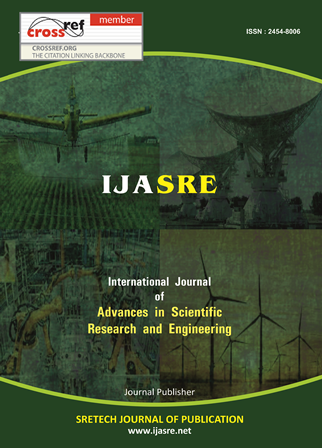Subject Review: Detecting Cyber Security Attacks
DOI:
https://doi.org/10.31695/IJASRE.2023.9.8.5Keywords:
Cyber-Attacks, Deep Learning, Internet of Things, Malware, Machine LearningAbstract
Attacks against cyber security are increasing in frequency and complexity over the years. Due to the complexity and level of sophistication that are increasing, defensive strategies need to be developed further and continuously innovated. Traditional strategies to intrusion detection and deep packet inspection continue to be utilized and suggested, but they are adequate for addressing the requirements of changing security threats. As processing power increases and the cost of doing so drops, machine learning is seen as a complementary method or additional defense against malware, botnets, and other attacks. Deep learning algorithms in particular have piqued the interest of academics recently because of their unparalleled excellent performance in many areas that depend on prediction. This study paper presented promising applications of machine learning and deep learning, a branch of artificial intelligence built on many layers of artificial neural networks, in Various kinds of security-related assignments. We describe the distinguished features of sample machine learning & deep learning architectures used in cybersecurity attacks decisively previously and comparably assessing state-of-the-art solutions from the literature. We outline necessary resources, such as a general framework for detecting cyber security attacks and appropriate datasets, and we highlight the newest trends in machine learning and deep learning.
Downloads
How to Cite
Issue
Section
License
Copyright (c) 2023 Haitham Salman Chyad, Raniah Ali Mustafa

This work is licensed under a Creative Commons Attribution-NonCommercial 4.0 International License.








